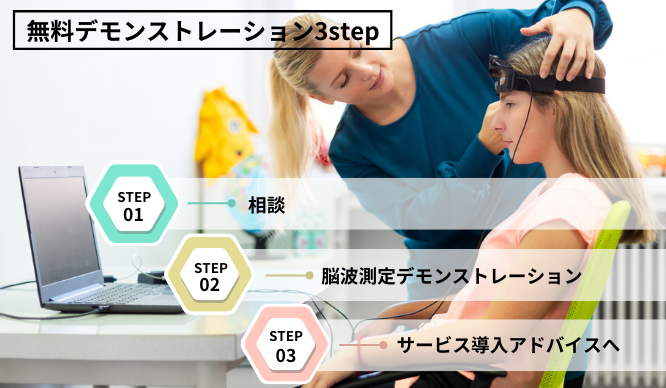Application for evaluation machine
Digital Manufacturing with Braintech ~ Inheritance of craftsmanship skills with brain science ~ Macnica techNowledge Days 2022 Lecture Report
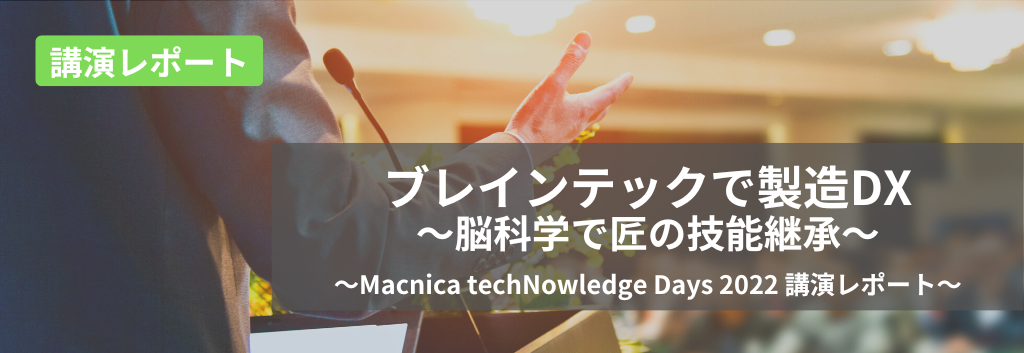
Approaching the problem of technical succession of skilled workers with Braintech

3rd Division 2nd Promotion Consultant Takeshi Shimoyama
Currently, brain science research is progressing in countries around the world, and business applications in various fields are becoming popular.
In this article, we will introduce how to use BrainTech to model the tacit knowledge of skilled technicians who cannot verbalize it well, and how to use BrainTech to put the right person in the right place.
We would like to introduce specific utilization of Braintech in the domestic and overseas manufacturing industry and the latest trends in the industry, so please read it.
We also introduce it in the video. If you are interested, please listen to it.
Click here for video
From the current state of brain technology to basic knowledge of electroencephalogram analysis
The braintech field is growing steadily, and the market size is expected to reach 4.5 trillion yen in 2024 from 3.2 trillion yen in 2016.
This amount is close to the market size of the domestic restaurant industry. Braintech is starting to permeate our surroundings little by little, as not only giant IT companies such as Facebook and Google, but also cosmetics maker L'Oréal and restaurant industry company Saizeriya are using it for product development.
Looking at the number of Braintech companies in 2020, by region, they are concentrated in Europe and North America, accounting for more than 80% of the total. Especially in the United States, Braintech is being promoted based on a national policy called the Brain Initiative, and the number of companies is rapidly increasing. Asia, including Japan, is still low at 5.7%, but domestic usage is gradually increasing, and this is a field where future growth can be expected.
Now, what kind of information can be obtained by using Braintech?
What value does information taken from the brain bring?
The value of information provided by Braintech lies in its ability to obtain realistic human cognitive responses, which are difficult to obtain through subjective evaluation.
For example, information such as "reflexive likes and dislikes" and "judgments based on empirical rules" can be said to be data that can be read and understood only by Braintech. Recently, there has been a shift away from conventional mass-oriented services to the provision of services optimized for individuals, and the number of companies paying attention to how individuals feel is increasing. In that sense, there is no doubt that the information provided by Braintech will have greater value in the future.
So how do we get brain information?
There are five main techniques for measuring the brain, the most commonly used being fMRI (functional MRI) and EEG. fMRI is a technique for observing changes in blood volume in the brain with MRI. EEG is a method of wearing an electroencephalogram measurement device and measuring the electrical activity of the brain from electrodes placed on the scalp.
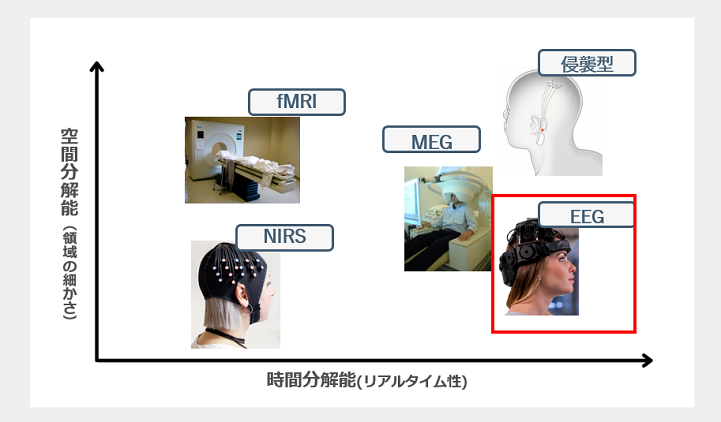
In particular, EEG is expected to expand its use in business in the future due to its relatively compact housing, low cost compared to other devices, and high temporal resolution, that is, real-time performance.
Therefore, from now on, we will focus on the "brain wave" data that can be obtained by EEG.
Electroencephalogram analysis method
An electroencephalogram is the electrical activity of neurons in the cerebral cortex. The brain has synapses that connect neurons. When receiving some stimulus information, the electrical signals that appear when synapses fire become brain waves.
Brainwaves hide a great deal of important information.
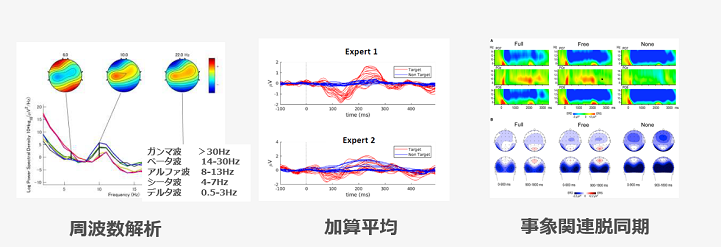
There are various techniques for analyzing brain waves. The most basic is frequency analysis.
Many of you may have heard that alpha waves are brain waves when you are calm, and beta waves are brain waves when you are excited. When humans are excited, synaptic firing occurs in various parts of the brain, and high-frequency brain waves appear as signals are generated asynchronously. Frequency analysis involves Fourier transforming raw brain wave data, calculating time-frequency spectrograms, and using them to measure changes in concentration and emotions.
The second analysis method is a method of calculating brain waves such as event-related potentials by arithmetic averaging. When a person performs some task, certain changes appear in the brain waves in the cognitive process. This is called the event-related potential or event-related potential. By taking multiple electroencephalograms and averaging them, it is possible to some extent to analyze the pattern characteristics of the electroencephalogram response.
As a result, it is possible to observe when the person felt discomfort and what they felt was abnormal.
The third is analysis using event-related desynchronization. This is often used to capture brain activity associated with exercise. For example, when you imagine stepping on the brakes or just before you actually step on the brakes, you can see a drop in the potential of alpha waves and beta waves near the motor cortex. In other words, it is possible to read intentions related to movement from brain waves. Efforts such as "manipulating a wheelchair just by imagining it" are also based on the use of such analysis methods.
In this way, various analysis methods have been accumulated in conventional brain science research, and it is possible to approach using several electroencephalogram analyzes depending on what you want to achieve.
EEG utilization to formalize the tacit knowledge of experts
Now, let's take a look at how brain waves are used for the "succession of craftsmanship", that is, to turn tacit knowledge into explicit knowledge. First, let's organize the definitions of tacit knowledge and explicit knowledge.
The structure of human knowledge can be likened to an iceberg floating on the surface of the sea. The part above the surface of the sea is explicit knowledge. Explicit knowledge is knowledge that is preserved in databases or documents and that can be communicated to others in words. For example, work procedures and meeting minutes.
The part that is hidden under the surface of the sea is tacit knowledge. Tacit knowledge is the intuitive response and know-how rooted in experience, habits, and values. It is characterized by the fact that it is difficult to explain in words because we are not conscious of it on a daily basis. Specific examples include personal skills, experience, imagination and intuition.
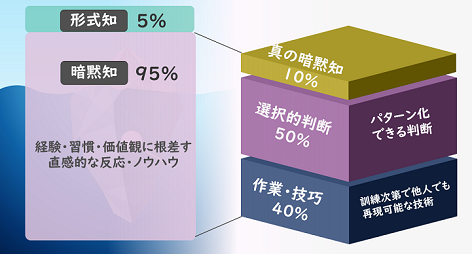
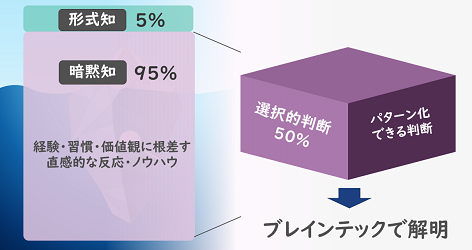
Tacit knowledge can be categorized into three types. The first is work and technique, which accounts for about 40% of tacit knowledge. For example, techniques that can be learned by the body, such as how to assemble efficiently and how to ride a bicycle skillfully, fall into this category. A work technique that can be replicated by others through imitation or training.
The second is selective judgment, which accounts for about 50% of tacit knowledge. For example, it refers to judgments that can be patterned, such as how well bread is baked on a humid day. It is to judge the optimal solution according to the situation from past experience.
The third is true tacit knowledge that is difficult to reproduce, and accounts for about 10% of all tacit knowledge. For example, it refers to high-level judgments such as strategic decision-making in management meetings, which are very flexible and intuitional about matters that have never been faced before.
From the perspective of "succession of craftsmanship skills", the second selective judgment is subject to formal knowledge by Braintech.
So how do we use brain waves to decipher tacit knowledge?
Here, we will introduce how to create an image judgment AI model using electroencephalograms for visual inspection by an expert.
First, an expert wears an electroencephalogram measurement device and extracts feature points from an individual's electroencephalogram pattern.
Since there are individual differences in how brain waves appear, it is necessary to learn the brain wave pattern in advance. This process is called “calibration” and is related to the accuracy of the AI model. After the calibration is completed, we move on to data acquisition. For example, in the case of baggage inspection at an airport, images of baggage passing through X-rays are shown at a rate of about 4 per second, allowing experts to instantly judge safety and danger in their brains. increase. Dangerous and safe packages are then sorted without the need for a mouse or keyboard.
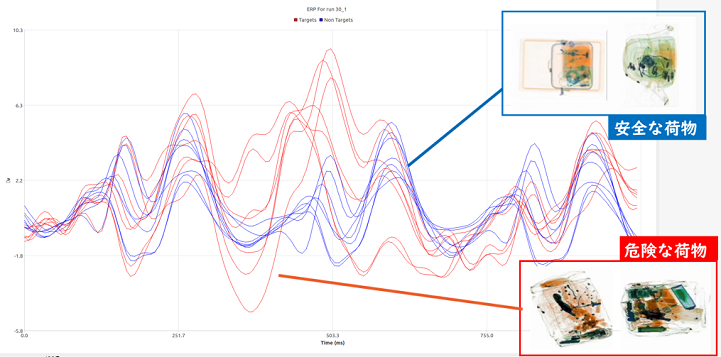
This image classification uses electroencephalograms called event-related potentials that occur along with cognitive processing.
Event-related potentials produce characteristic electroencephalographic responses to specific visual stimuli. When looking at a safe package, there is a certain EEG pattern. On the other hand, if you look at a package that you feel is dangerous, a large-amplitude electroencephalogram appears about 0.3 to 0.4 seconds later.
There are individual differences in what constitutes danger, but anyone who perceives danger will emit this physiological signal. By synchronizing this reaction with what we saw, we realized image classification using brain waves. It is difficult to verbalize judgment criteria and boundaries, but by using brain waves, it is possible to extract objects that experts judge to be dangerous.
We will build an AI model that automatically classifies images using the judgment results of experts as training data. A unique feature of electroencephalograms is that not only the binary values of normal and abnormal, but also the degree of confidence associated with the judgment of each image can be assigned as a soft label. When constructing an AI model, weights are used to determine which images should be reflected more in learning based on this confidence value. As a result, we can finally build an AI model that is close to the judgment criteria of experts.
Braintech use cases for various challenges
From here, we will introduce various use cases of Braintech.
The first is a security check similar to baggage inspection at an airport. Using Braintech, we can build an AI that automatically identifies baggage to improve efficiency and reduce manpower at inspection sites. In the case of general AI models, the way luggage is hidden is getting more sophisticated every day, so collecting new training data is a big burden. By using Braintech, the AI model can be updated at any time simply by attaching an EEG device to the staff in the backyard and performing high-speed annotation.
There is also interest in the medical industry. Improving the accuracy of image diagnosis using AI requires image annotation by specialists, but it is said that only 20% of all images can be annotated by doctors who are busy with their daily work. By using Braintech, we can expect to annotate a large number of images while reducing the burden on specialists. It is also expected to serve as an educational tool to improve the proficiency of medical specialists.
In the manufacturing industry, there are many cases where quality checks such as image quality inspection of LCD monitors and condition inspections in the steelmaking process rely on the intuition and know-how of experts. Therefore, Braintech can be used to efficiently collect data on expert judgment. It can also be connected to the automation of the inspection process.
You can also create an AI model that identifies abnormal sounds from equipment, etc. In the medical field, we have a track record of creating a high-precision model with AUC=0.99 by reading the reaction of medical students to abnormal breath sounds from the brain waves, and this technology can also be applied to the manufacturing industry.
In addition, there are growing expectations for its use in a variety of other use cases, such as determining the grade of raw materials, detecting failures in manufacturing equipment, creating manuals for dealing with abnormal sounds, and new game interfaces.
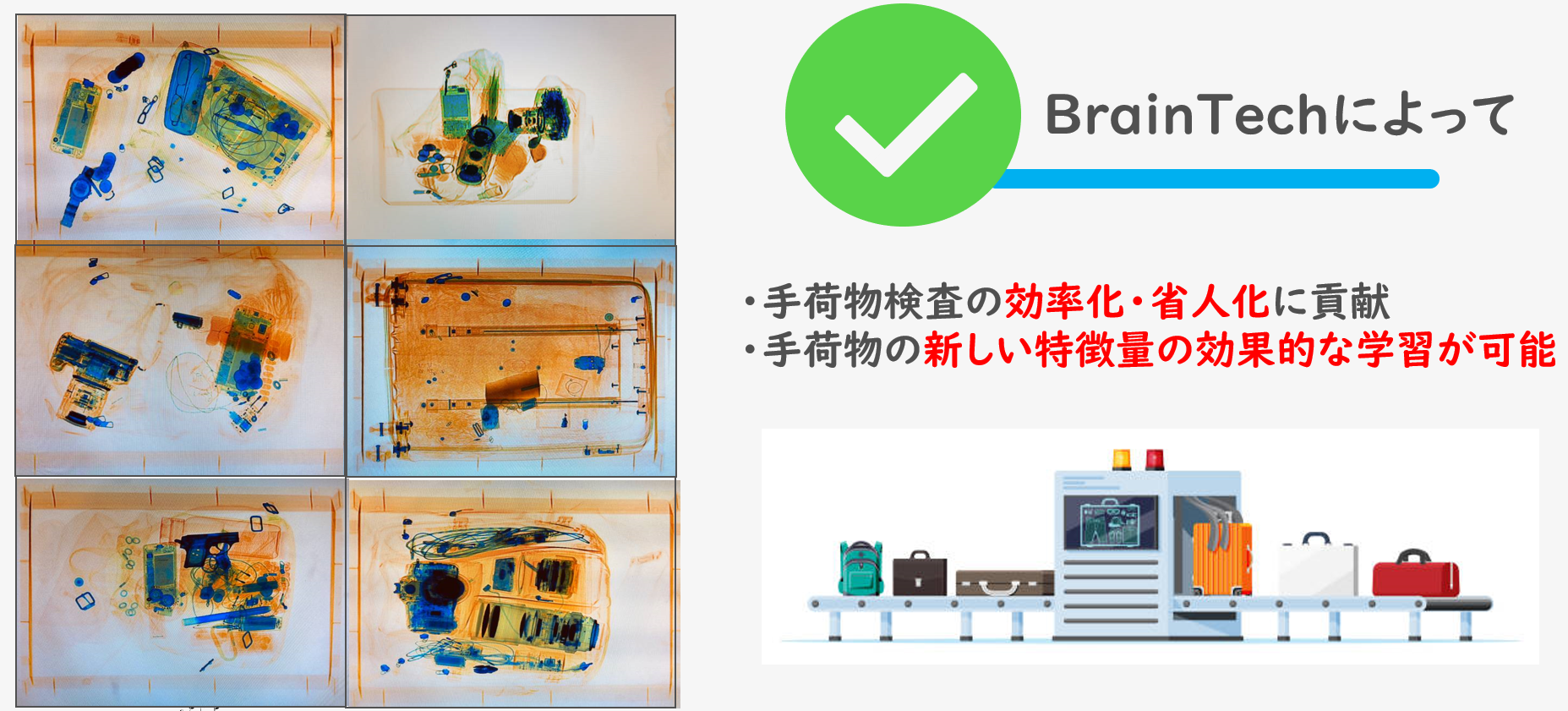
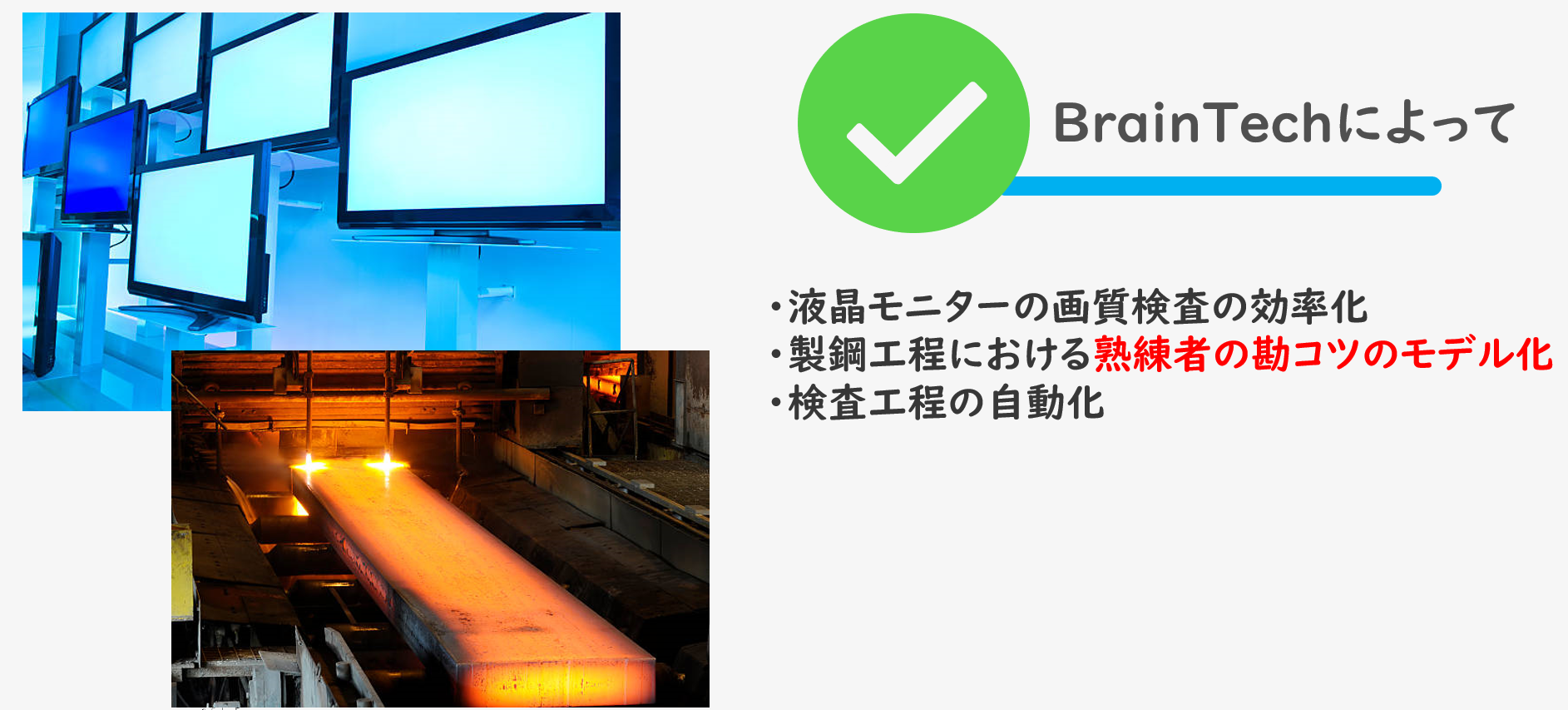
Braintech, which has been applied to business in recent years, introduced market trends, technology overviews, and actual use cases. There are many possible uses other than the examples given.
Let's start DX with Braintech together. If you have any concerns about DX or questions about Braintech, please feel free to contact us.
movie
This content is also introduced in the video. If you are interested, please apply below.
Related information

New DX using brain science ~ How to use emotions and thoughts in business ~

Detect customers' true feelings using brain activity information! ~ A new approach with EEG ~
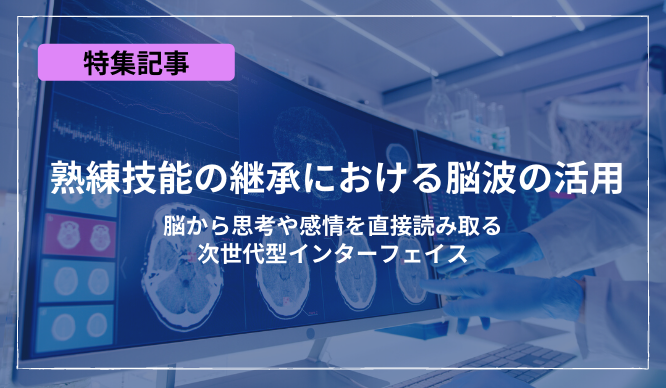
Utilization of Brain Waves in Succession of Skilled Skills -Next-Generation Interface to Read Thoughts and Emotions Directly from the Brain-
free demonstration
Guidance of the demonstration
Would you like to actually measure brain waves?
What is the "skill transfer of experts" based on brain waves? What is AI that learns human consciousness and judgment?
I think there are a lot of unknown things, so why not try measuring your brain waves first and experience what it's like?
After the actual measurement, we will provide support from proposals to implementation and operation so that we can use AI using EEG at the customer's site while including examples of AI utilization in our activities so far. increase.
Learnmore
Document download
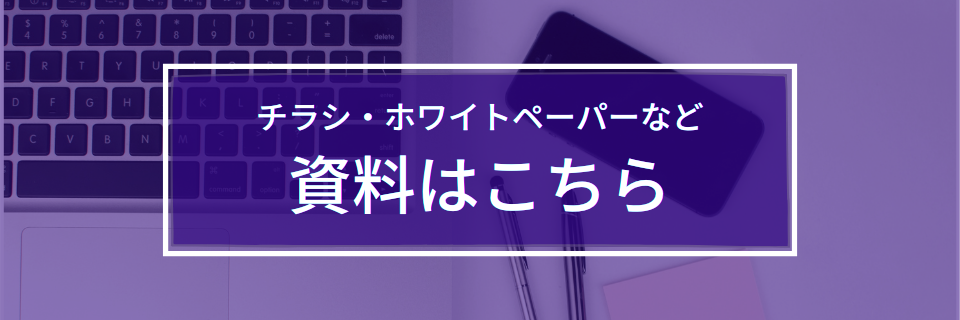
If you want to know the details, please download the materials from here.
Learn more
Inquiry
If you have any questions regarding this article, please contact us below.
